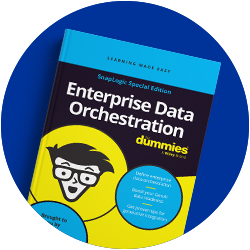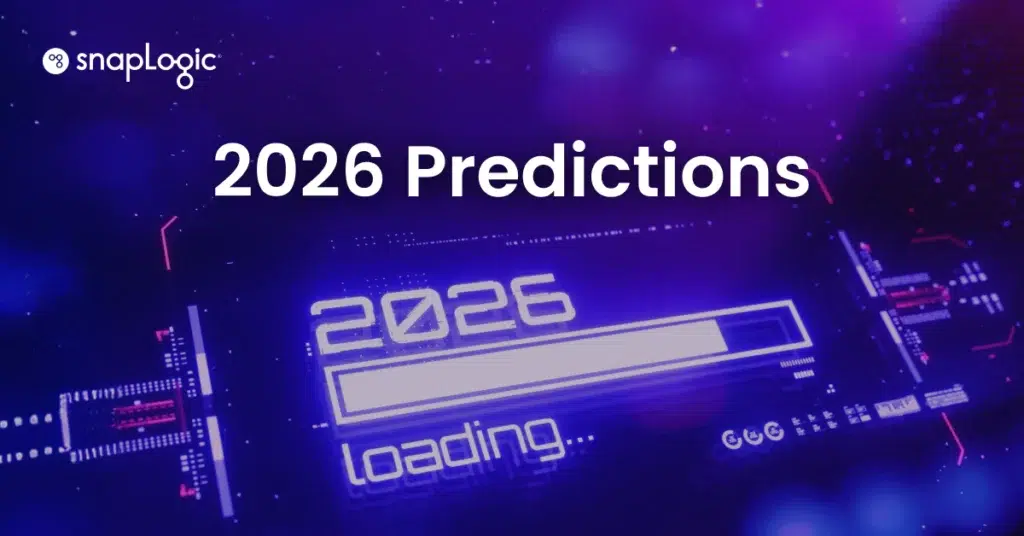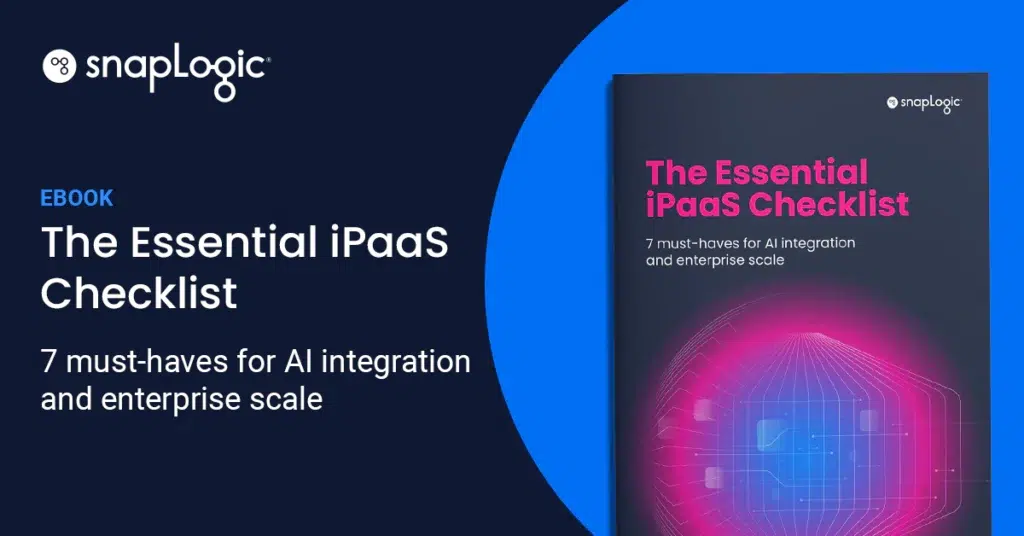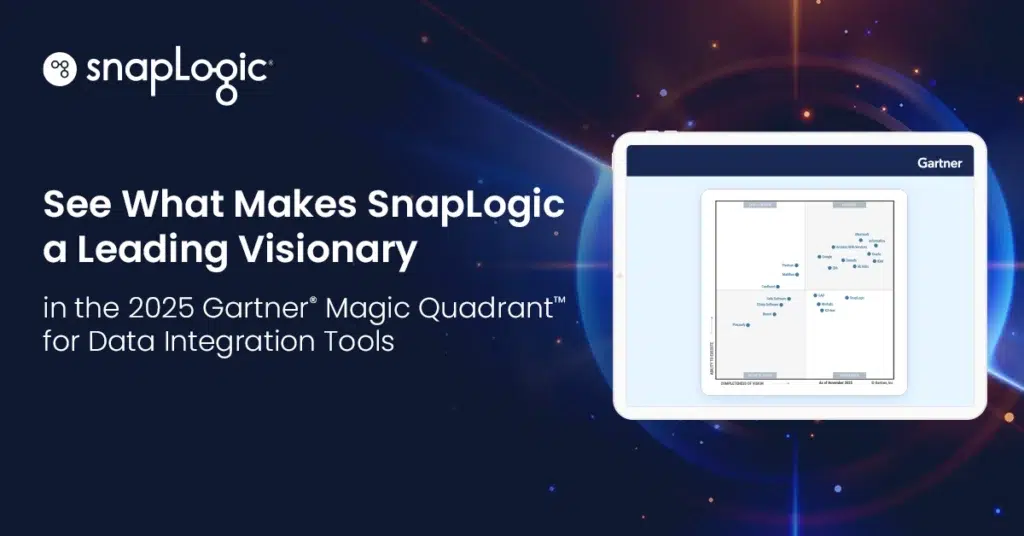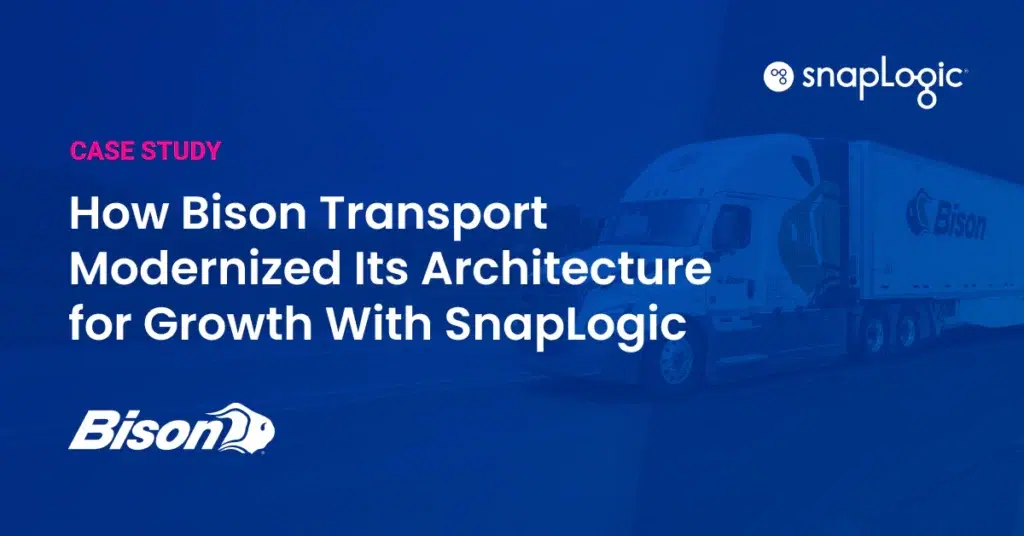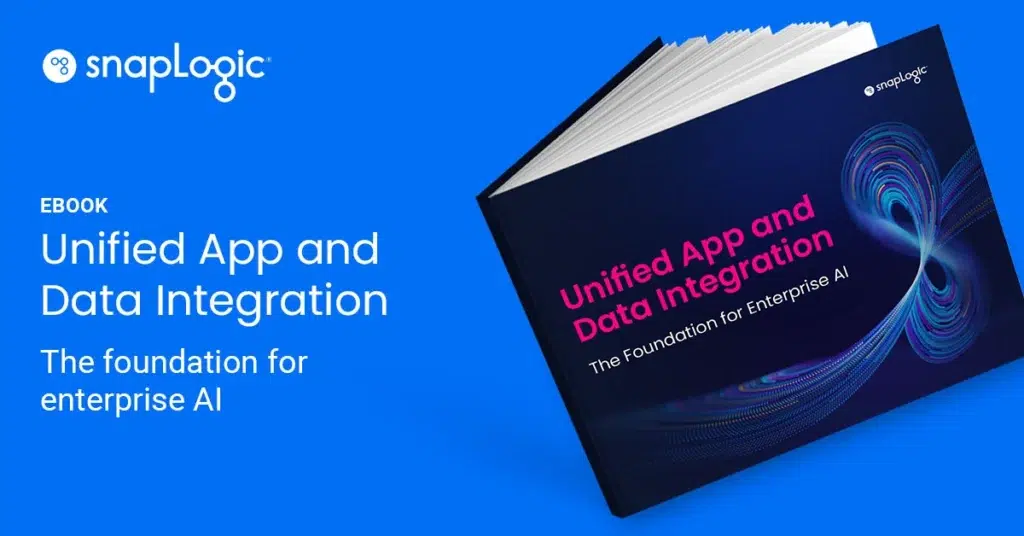What is software integration?
Software integration is the process of bringing together various types of software sub-systems, to create a unified single system for data analysis, reporting, and other business operations.
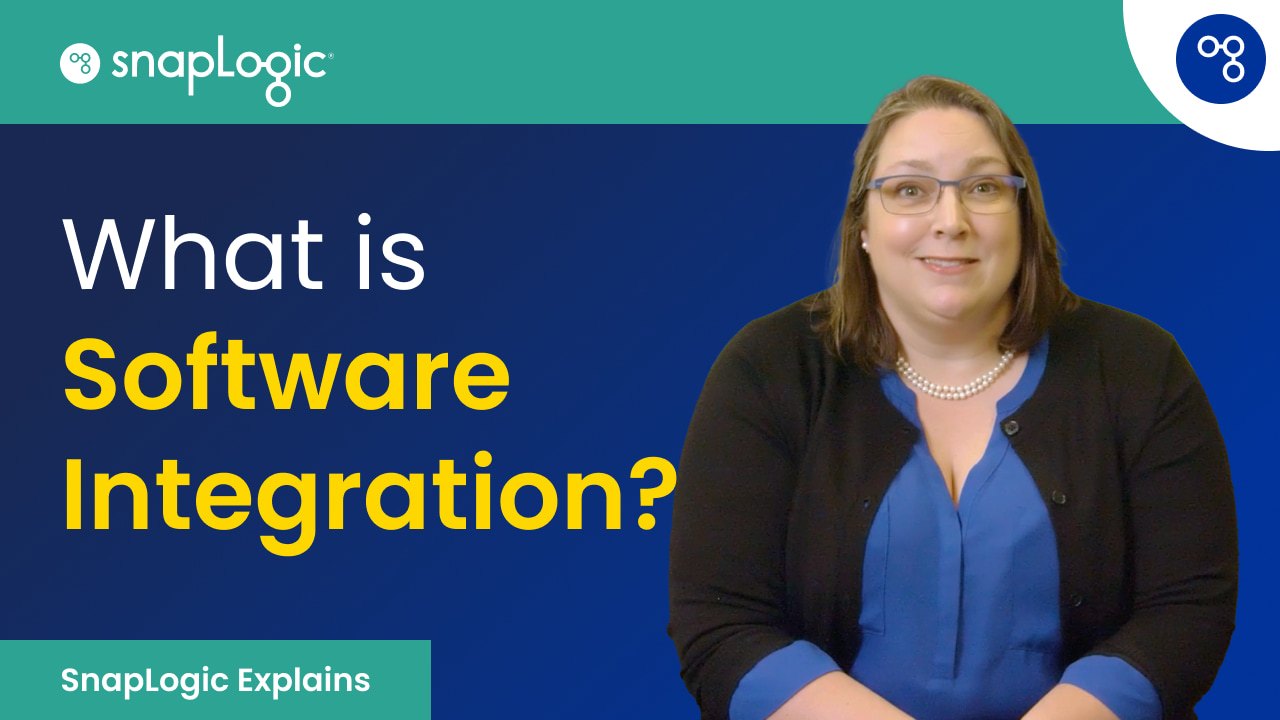
What is software integration used for?
Software integration can be required for a number of reasons, such as:
- Migrating from a legacy system to a new database system, including cloud-based data storage
- Setting up a data warehouse where data needs to be moved through an ETL process from its production system to the data storage system
- Linking disparate systems, such as various databases and file-based systems
- Connecting applications like customer relationship management (CRM) and enterprise resource planning (ERP) tools
- Joining various stand-alone systems to make it easier to replicate processes and gain uniform results
Why is software integration necessary?
Software integration is essential in today’s fast-paced business environment, enabling automation of business processes for smoother and more efficient operations. By integrating different systems, businesses can automate previously manual tasks, reducing errors and saving time.
This automation is crucial for handling customer data and business processes in real-time, allowing companies to respond swiftly to market changes and customer needs. The seamless flow of data across disparate systems ensures that all parts of the organization have access to up-to-date information, improving decision-making and operational efficiency.
Moreover, the necessity of software integration extends to the realm of customer data management. With integrated systems, businesses can consolidate customer information from various sources, providing a comprehensive view of customer interactions and preferences.
This holistic approach to customer data aids in delivering personalized experiences, enhancing customer satisfaction, and fostering loyalty. Integrating disparate systems not only streamlines workflows but also eliminates data silos, promoting transparency and collaboration across departments.
What are software integration solutions?
Software integration solutions are designed to streamline and enhance the interaction between different software applications and data systems. Here are key components and characteristics of these solutions:
- Data Integration Tools: Facilitate the consolidation of data from multiple sources into cloud-based repositories, allowing for effective data collation, processing, and analysis.
- Integration Platforms: Provide a comprehensive environment for connecting disparate systems and enabling data flow between them, often supporting both on-premise and cloud-based solutions.
- Middleware: Acts as an intermediary layer that allows for the communication and data exchange between different software applications, simplifying the integration process.
- APIs (Application Programming Interfaces): Enable different software systems to communicate with each other, allowing for the integration of complex systems and services.
- Connectors: Specialized tools or software components that link specific applications or data sources, facilitating the seamless transfer and synchronization of data across different platforms.
By leveraging these components, companies can achieve a unified and efficient system where data is easily accessible and manageable across various business operations. This integration not only streamifies workflows but also provides a holistic view of the business, enhancing decision-making and overall performance.
What are the common software integration methods?
The common methods of software integration are designed to address the diverse needs of businesses in integrating their systems and processes. Here’s a detailed look at these methods:
- Vertical Integration:
- Focuses on integrating software based on specific, required functionality.
- Creates a seamless operational flow within specific domains of business processes.
- Star System Integration:
- Involves interconnecting one subsystem with the rest, forming a star-like structure.
- Facilitates centralized control and communication between the main system and its connected subsystems.
- Enterprise Service Bus (ESB):
- Develops a custom-made subsystem allowing different systems to communicate simultaneously.
- Acts as a backbone that supports complex integrations and message brokering between disparate systems.
- Common Data Format Integration:
- Ensures all data is in a unified format, eliminating the need for conversion between different applications.
- Streamlines the process of data integration and accessibility across various systems.
Each of these methods offers unique advantages and can be selected based on the specific integration needs of a business. Vertical integration is suitable for businesses looking for deep integration within particular areas, while star system integration is ideal for scenarios where one system needs to be at the core of the integration. ESB is favored for its flexibility and ability to handle complex, large-scale integrations. In contrast, common data format integration simplifies the data handling process, making it easier to manage and utilize data across different applications.
What is an Integration Platform as a Service (iPaaS)?
Integration Platform as a Service (iPaaS) is a cloud-based approach to streamlined software integration, offering a suite of tools and services to connect disparate software applications, data streams, and business processes.
iPaaS solutions are designed to facilitate the quick and efficient integration of various systems, regardless of whether they are on-premise or cloud-based, enabling businesses to achieve a more agile and interconnected IT ecosystem.
- Cloud-based Integration:
- Provides a scalable and flexible environment for integrating different systems and applications without the need for on-premise hardware.
- Facilitates rapid deployment and management of integration processes, allowing businesses to adapt quickly to changing market demands.
- Centralized Management:
- Offers a unified platform for monitoring and managing all integration activities, reducing complexity and improving oversight.
- Enhances operational efficiency by providing a single point of control for all integration tasks.
iPaaS solutions stand out for their ability to support a wide range of integration scenarios, from simple point-to-point integrations to complex business processes. They offer a cost-effective and efficient solution for companies looking to leverage the power of cloud computing for integration. With iPaaS, businesses can reduce their IT overhead, streamline their integration processes, and improve data flow between systems, leading to enhanced decision-making and business agility.
Software Integration vs. Data Integration
Understanding the distinction between software integration and data integration is crucial for businesses looking to streamline their IT processes and enhance operational efficiency. While both are integral to creating a cohesive business environment, they serve distinct purposes and address different challenges.
- Software Integration:
- Focuses on connecting various software applications and systems to function as a cohesive unit.
- Aims to enable seamless communication and interaction between different software platforms, ensuring that they work together effectively to support business processes.
- Involves integrating applications like CRM, ERP, and other business management tools to streamline workflows and improve operational efficiency.
- Data Integration:
- Concentrates on merging data from different sources into a single, coherent set of information that can be used for analysis and decision-making.
- Ensures that data, regardless of its source or format, is accurate, consistent, and accessible to users and systems across the organization.
- Involves techniques like ETL (Extract, Transform, Load), data warehousing, and data blending to consolidate and prepare data for analysis.
In essence, software integration is about creating efficient pathways for different software systems to communicate and work together, enhancing the functionality and performance of business operations. Data integration, on the other hand, is about consolidating and harmonizing data from various sources, ensuring that the information is ready and available for analysis and decision-making. Both are critical for achieving a holistic and integrated technological framework within an organization, but they address different aspects of the IT landscape.
Streamlining IT with Integration
To streamline IT infrastructure, organizations need to focus on critical areas: enhancing connectivity, implementing effective software solutions, achieving systems integration, and facilitating data transformation. Connectivity ensures seamless communication between diverse software systems, forming the basis for successful systems integration. Selecting the right software solutions is essential for aligning with business objectives and ensuring adaptability to future needs.
Enterprise application integration (EAI) takes this a step further by merging various applications and data streams into a unified platform, promoting efficiency and agility. Meanwhile, data transformation is key to harmonizing information from different sources, making it universally accessible and actionable across the organization. By addressing these core elements, businesses can create an integrated IT environment that supports streamlined operations and strategic growth.

